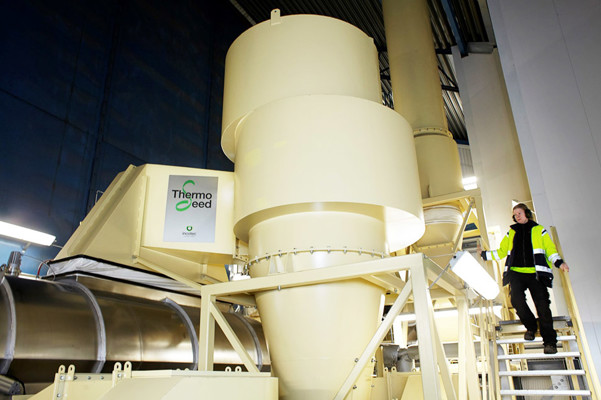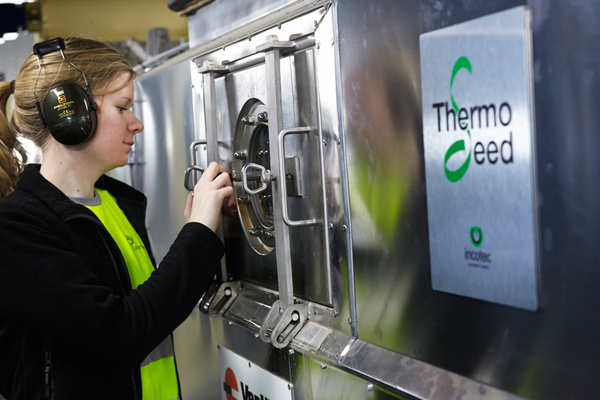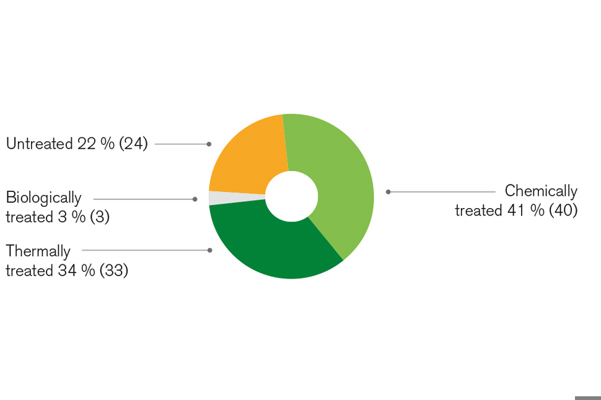
Lantmännen is an agricultural cooperative and Northern Europe’s leader in agriculture, machinery, bioenergy and food products.

Lantmännen is an agricultural cooperative and Northern Europe’s leader in agriculture, machinery, bioenergy and food products.

The Agriculture Sector constitutes Lantmännen's core business and offers products and services to promote strong, competitive farming.

The Food Sector develops, processes and markets products that include flour, breakfast foods, pasta, frozen and fresh bread, crispbread and ready-to-eat meals.
Lantmännen is an agricultural cooperative founded on the deep knowledge our farmers have aquired over generations. We make farming thrive and work together to take responsibility from field to fork.
From our core farming business, through the value chain, from field to fork, we are involved in every step from sowing to harvesting; to the food on our tables, feed for our livestock and climate –smart biofuels.
Owned by Swedish farmers, Sweden is our base with the Baltic Sea area as our expanded domestic market. We have a strong international presence, and no matter which country and location we operate in, we always take the same responsibility.
We pursue research and invest in innovation for tomorrow’s agriculture, bioenergy and foods of the future. Innovations are crucial if we are to resolve the challenges of today and tomorrow, which is why Lantmännen also has its own research foundation.
You´ll find the Lantmännen sprout on our packaging. The products may be different, but everyone can feel safe that we also minimise impact on climate and people. If you find the sprout on a packet, you can be sure what’s inside is Good Food from Lantmännen.
Biologic and thermal treatment protects the seeds. Lantmännen has invested in research and development of alternative treatment methods of seeds for many years.
As an alternative to chemical treatment, seeds can be treated biologically or thermally for increased pest resistance. A biological treatment uses natural microorganisms (our methods are called Cedomon and Cerall), a thermal treatment uses heat (our method ThermoSeed).
The seeds used by our farmers need to be protected from attacks from bacteria or fungal diseases that make cultivation less efficient in various ways. Poorer seed quality results in poorer harvests and infestation leads to poorer stock efficiency when infested feed must be disposed. Attacks on the seeds have both economic and environmental effects, as the use of resources such as transports and fertilization remain the same even if harvests decrease.
The seeds are therefore treated using various methods to prevent infestation during warehousing. This is called crop protection treatment. Traditionally, various types of chemical pesticides have been used.
With ThermoSeed, Cedomon and Cerall we offer farmers an opportunity to buy seeds that have not been chemically treated. In this way we can reduce the use of chemicals in farming.
The volume and share of ThermoSeed-treated seeds have increased in the last years due to an increase in production capacity. Since autumn of 2014, Lantmännen now have two ThermoSeed-facilities, one in Skara and one in Eslöv.


59 percent of our seeds were biologically or thermally treated, or untreated, in 2017. Our goal is to continue developing non-chemical methods for crop protection treatment, with the aim of reducing the use of chemicals.
